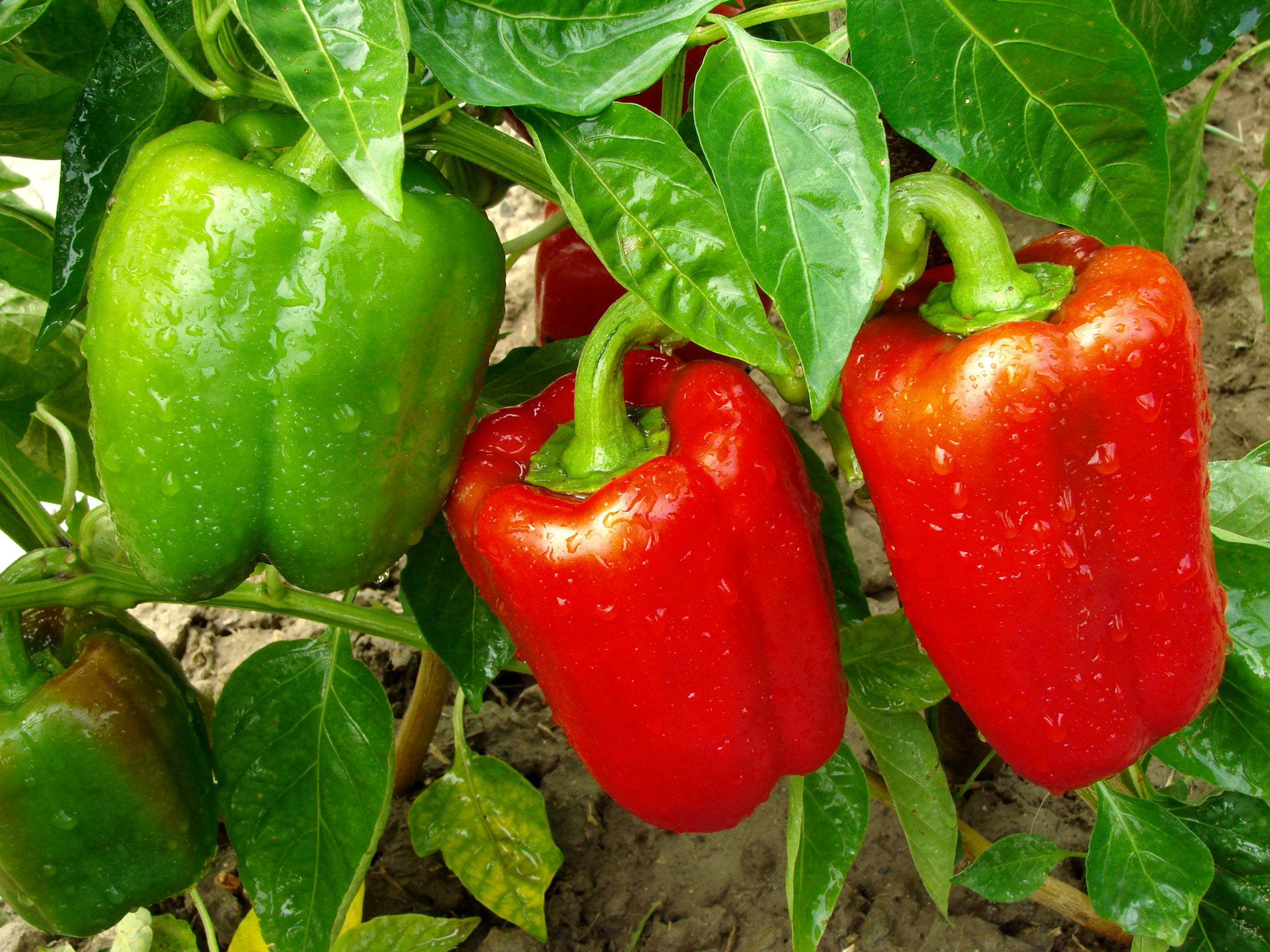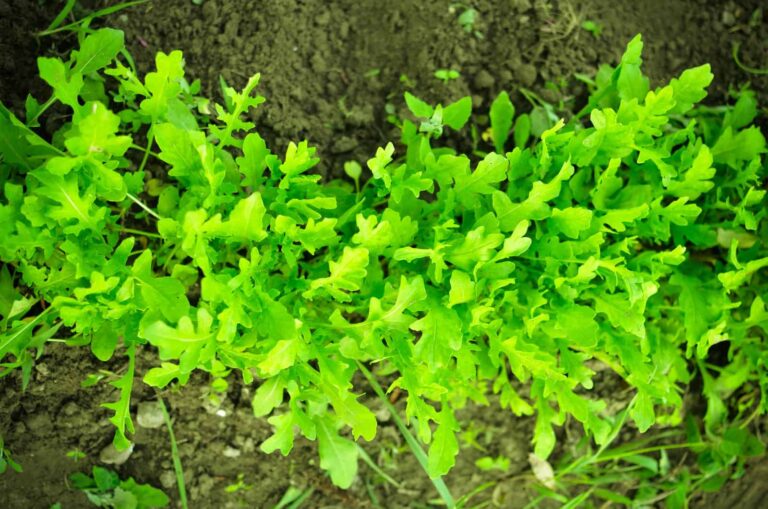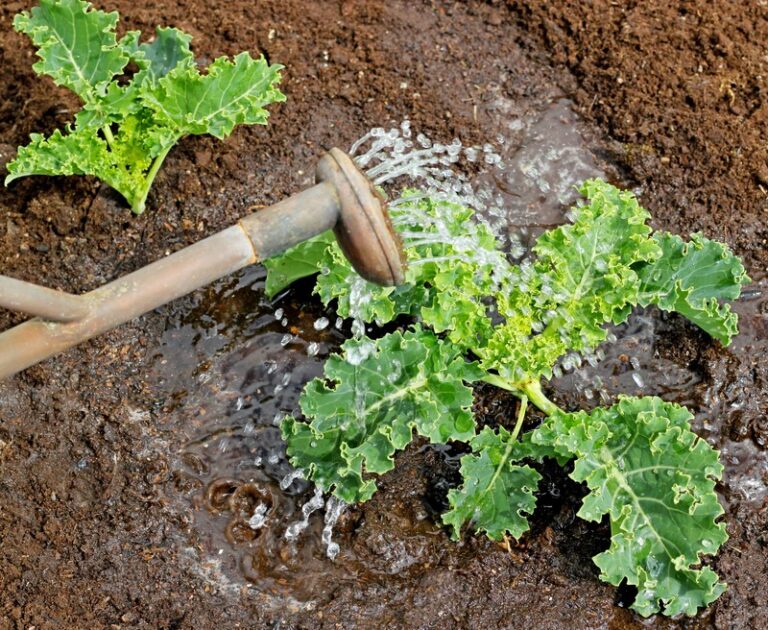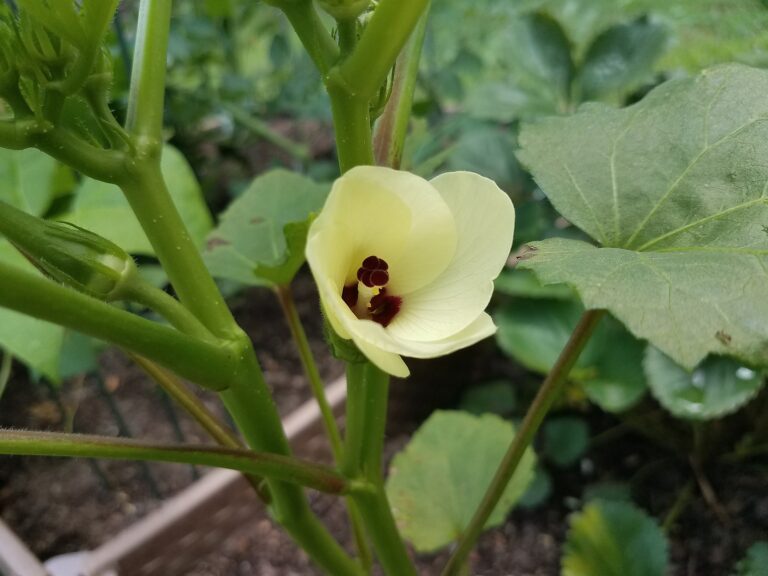Summer Vegetable Harvest Tips
Pick summer vegetables when they are young and tender—bigger is not tastier. Check crops daily. Whenever possible eat summer vegetables the day you pick them.
Vegetables ready for picking commonly have a shiny, healthy look. Pick most vegetables when they reach usable size. Don’t delay the harvest simply to grow bigger crops — flavor will likely be lost.
Check seed packets or plant labels for each crop’s number of days to maturity. Plan to harvest on or about those number of days after planting. Early-season planted and summer crops usually require serving very close to the expected harvest time. Cros that mature in late summer and fall usually have lengthy harvest periods–sometimes as long as two weeks or more.

Lifting a few roots, cutting a few leaves, or picking a fruit or two and tasting is the best way to know when a crop is ready for harvest. Just before or at maturity (the number of days to maturity listed on the seed packet or label) is when vegetables reach peak flavor and tenderness.
When to harvest summer vegetables
Green beans
Pick green beans as soon as immature seeds begin to fill the pod but before the seeds look lumpy in the pod. Beans will be tender and tasty if the outside of the pod is still slightly velvety. Pick beans every day or every other day; the more you pick beans the more pods the plant will produce. Wait until the dew has dried from the leaves in the morning; if you pick beans when plants are wet you can spread rust.
Beets
Harvest beets when they are 1½ to 2½ inches in diameter for the best flavor; small beets are the sweetest and most tender.
Cantaloupe
Pick cantaloupe ripe; you’ll know when all it takes is just a little pressure to pull the fruit away from the stem. This is called “slip ripe”—a crack forms around the stem next to the fruit and the fruit slips away from the stem. Check stems for the formation of the crack—it only takes a day for cantaloupe to become overripe.
Carrots
Pull up carrots as soon as they turn deep orange; they will be full-flavored and tender at finger sized. If the weather is warm, don’t let carrots linger in the ground, the flavor will decline quickly. In cooler weather, carrots can stay in the ground for weeks without losing flavor. In sandy soil, you can pull carrots up by the leafy crown; in clay soil, loosen the soil first with a garden fork.
Corn
Pick corn when the tips of the silks turn crispy brown at the very ends and the husks have filled out and rounded. Pierce a kernel with your thumbnail; if the juice is milky, it is just right and it is time to put the pot on the stove; if clear it is not ready; if it’s dry then the ear is past its peak.
Cucumbers
Pick cucumbers when the fruit is just mature–between 3 and 4 inches for pickling varieties and 6 to 8 inches for slicers. Don’t wait for cucumbers to get too big, they will turn seedy and bitter. Harvest cucumbers often to keep the vines producing. Check plants daily, they mature quickly.
Eggplant
Pick eggplants as soon as they are big enough to eat, and while the skins are glossy. The flesh should not spring back when you press it with your thumb. If the skin turns dull and the seeds inside are hard and dark, you have waited too long. Like peppers, pick eggplants often to increase the yield.
Lima beans
Hold off picking lima beans until the pods are full-grown and you can clearly see and feel the beans inside. Don’t pick lima beans too soon.
Peppers
Pick peppers as soon as they reach the size you want to eat them—no matter the color. The fruit should be well-formed, but not necessarily full-sized. It’s best to pick peppers early and often, that will increase the plant’s yield. Pepper plants have a “yield limit”—they won’t produce more fruit than the plant can physically support, so new blossoms and fruit won’t form until fruit is picked. Fruit that reaches full size will have the best store of vitamins A and C; for non-green varieties that is when they have taken on two-thirds of their color. Clip peppers don’t pull them; that way you won’t damage the plants.
Radishes
Pull up radishes as soon as the roots are big enough to eat. Large radishes quickly become hot and woody and split. The best strategy is to plant small quantities, stagger the sowing dates for successive harvests, and then pull them up daily; that’s how you’ll get tender and tasty radishes.
Summer squash
Pick summer squash when it is firm but the skin can still be easily pierced with your thumbnail. Zucchini and scalloped squash should be deeply colored, but crookneck and straightneck squash should be pale. Summer squash is prolific; if you want to slow production, pick both the male and female blossoms (which are also edible).
Tomatoes
For full flavor, take tomatoes from the vine when the skin is smooth, glossy, fully colored, and somewhere just between firm and soft. But you can pick tomatoes sooner and allow them to ripen off the vine. Watch the bottom or blossom end of the tomato—that is where the fruit starts ripening and color comes first. Even if the top or stem end has not turned its mature color—red, purple, pink, orange, or golden yellow—you can start picking. (Not to be confusing, but it’s good to know what color the variety you are growing will be at maturity because there are a few varieties that will reach peak flavor before they reach full color.)
Watermelon
Harvest watermelon when the part of the melon that sits on the ground turns from pure white to a creamy or yellow color and the tendril on the stem starts to dry up and turn brown. Counting the days from sowing seed to maturity will also help; small varieties will be ready first, then large varieties. Thumping the melon with your knuckle you will hear a thunk, not a ping—but a dull thud usually means the melon is overripe.
Related articles:
Vegetable Harvest Times: When to Pick
Learn when and how to harvest your favorite vegetables for the best flavor and texture. Get storage tips for each crop. Click on the vegetable you are growing below.
- Artichoke
- Arugula
- Asparagus
- Beans
- Beets
- Broccoli
- Brussels Sprouts
- Cabbage
- Cantaloupe — Melons
- Carrots
- Cauliflower
- Celery
- Chard
- Collards
- Corn, Sweet
- Cucumbers
- Eggplant
- Endive and Escarole
- Garlic
- Jerusalem Artichoke
- Kale
- Kohlrabi
- Leeks
- Lettuce
- Melons
- Okra
- Onions
- Parsnips
- Peas
- Peppers
- Potatoes
- Pumpkins
- Radicchio
- Rhubarb
- Rutabaga
- Spinach
- Squash, Summer
- Squash, Winter
- Sunchokes
- Sweet Potato
- Swiss Chard
- Tomatillo
- Tomatoes
- Turnips
- Watermelon
Garden Planning Books at Amazon:
- Vegetable Garden Almanac & Planner
- Kitchen Garden Grower’s Guide Vegetable Encyclopedia
- Vegetable Garden Grower’s Guide
- Tomato Grower’s Answer Book







